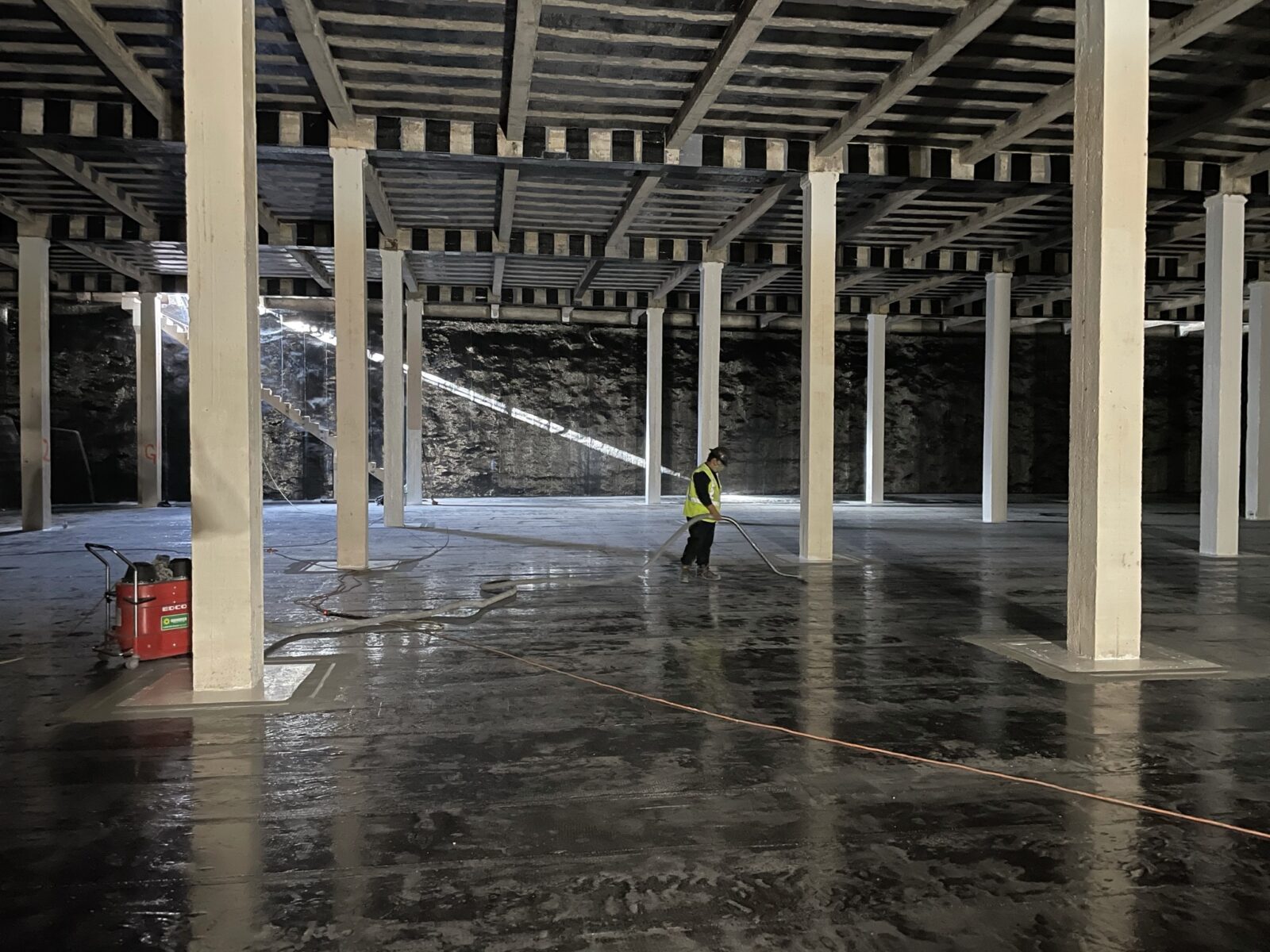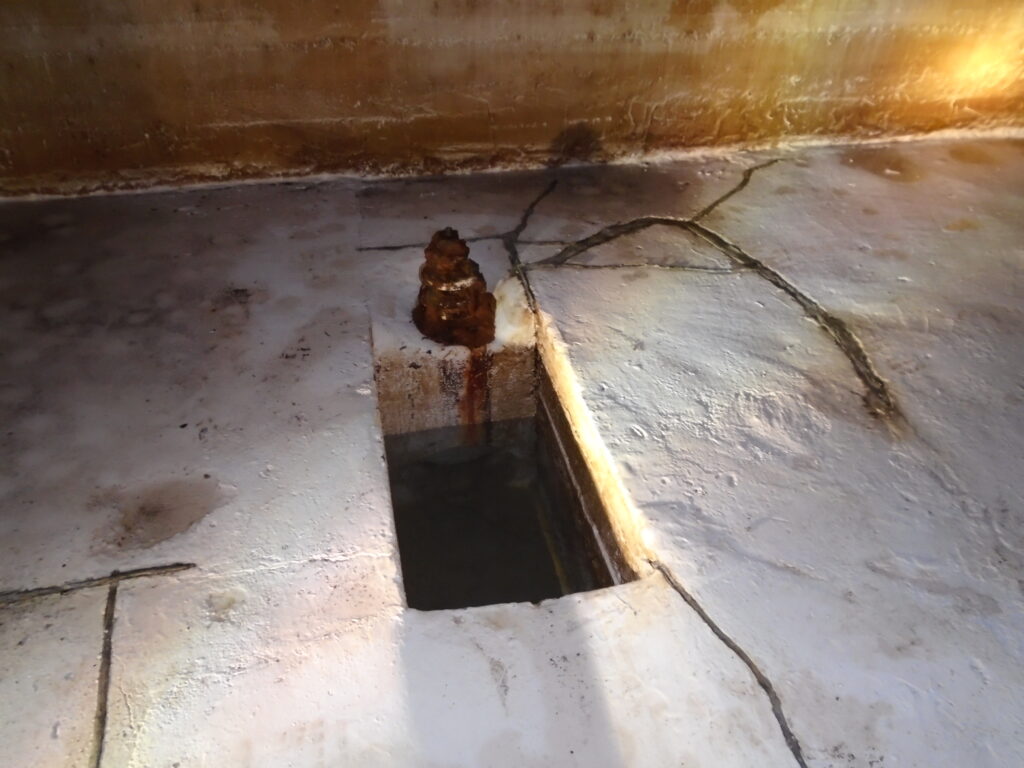
How Carbon Fiber Coatings Restore Concrete Potable Water Reservoirs
Because of the pressing need to maintain service to communities while preventing failure, aging reservoirs pose a complex challenge to utilities. Taking water storage facilities offline also strains the overall water system during rehabilitation or replacement. In some desert regions of the United States, like El Paso, Texas, the timeline for improvements is marginal because surface water is limited, and high temperatures drive up water demand for several months of the year.
Replacing reservoirs can be costly and new structures require space which isn’t always readily available. On average, complete reservoir replacement with new construction can take one to two years before being fully online. Rehabilitation offers a sustainable approach by reusing existing infrastructure and—with careful planning, coordination, and innovative technologies—can yield shorter project delivery timelines.
One of the most rapid deployment rehabilitation options available is a carbon fiber coating technology that is NSF61-approved for drinking water applications. The El Paso Water (EPWater) Sunset Reservoir Rehabilitation is a case study of the successful application of this coating. The following section demonstrates how the NSF61 carbon fiber’s ability to restore structural strength, prevent corrosion, extend the lifespan of the reservoir, and be deployed rapidly has proven to be a cost-effective and timely solution to reservoir rehabilitation.
Sunset Reservoir’s Unique Rehabilitation Challenge

Originally built in the 1920s, the Sunset Storage Facilities consists of two 4MG concrete storage reservoirs. Consor collaborated with EPWater to perform a structural assessment and rehabilitation design. Rehabilitation became critical after a 5.0 magnitude earthquake near Pecos, Texas, caused the reservoir to leak. EPWater preferred a rehabilitation approach for the Sunset Reservoir, as available space for new construction, relocation, and replacement was limited.
To meet this urgent need, the carbon fiber coating technology was chosen over other rehabilitation methods because of its ability to restore the previously lost flexural strength of the concrete members, anticorrosion ability, and application speed.
Benefits of NSF61 Carbon Fiber Coating in Reservoir Rehabilitation
An effective solution when construction schedules are constrained, carbon fiber is known for its ability to restore strength with application in bridges, non-potable pipe rehabilitation, and buildings. NSF61 carbon fiber, however, is certified for potable water contact, making it suitable for reservoir rehabilitation.
Choosing NSF61 over other coating methods provided unique benefits to Sunset Reservoir Rehabilitation’s needs:
Navigating the challenges of aging reservoirs demands innovative solutions that minimize service disruptions and reduce costs. Rehabilitation using NSF61 carbon fiber coating provides a sustainable and efficient alternative to costly reservoir replacement. This approach has proven invaluable to the Sunset Reservoir rehabilitation by preserving the reservoir’s history and restoring the structural integrity, preventing corrosion, extending the lifespan, and expediting the project delivery timeline.






